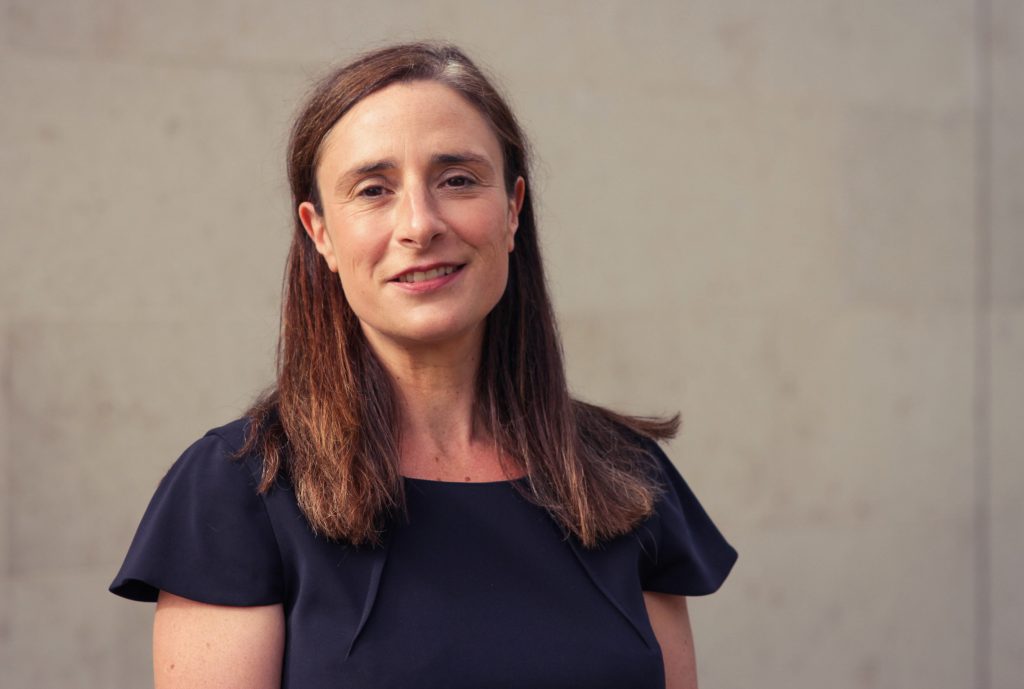
- 27% of people don’t know what interest rate they’re getting on their savings.
- This rises to 31% of the squeezed middle (aged 35-54), 35% of women, and 38% of renters.
- We pay a price for being in the dark about savings interest in three ways.
Data from a survey of 2,000 people by Opinium for HL in April 2024.
Sarah Coles, head of personal finance, Hargreaves Lansdown:
“More than a quarter of people admit they have no idea how much interest they’re getting on their savings. The good news is all the talk about the Bank of England cutting rates over the past few months has focused people’s minds. It means the proportion who don’t know what they’re making has dropped from around a third six months ago to around a quarter today – so we’re paying more attention.
However, there are still far too many people who don’t know where they stand, and as rates drop in the coming months, there’s a risk even more will lose track, and their savings rate will gradually be eroded.
Why?
There’s a strong corelation between those people who tend to have less savings and those who don’t know what they’re making in interest. This includes women (at 35% compared to 19% of men), renters at 38% and people who are single after coming out of a relationship, at 36%. This may be because they don’t think they have enough savings to worry about whether they’re getting the best possible rate.
However, there’s more than this at play, because the younger we are, the less likely we are to have significant savings, and yet only 23% of those aged 18-34 don’t know how much interest they’re making. It could be that this group see their lack of savings as a temporary situation, so they’re keen to make them work as hard as possible as they build their wealth. The other groups may find it more difficult to imagine a time when they’ll have more in the bank.
The busier we are, the more likely we are to lose track too. Those aged 35-54 may well have caring responsibilities – either for their children or their parents or both. Juggling this with everything else means savings can fall through the cracks – which is one reason why 31% don’t know what their savings are earning.
The three risks
If you don’t know the interest rate you’re getting, you have no way of knowing whether the account is competitive, or whether you could get a much better rate by moving your money. If your savings are languishing in an easy access branch account with a high street giant, you could make significantly more elsewhere. If you don’t know what interest you’re earning, you’ll never know what you’re missing out on.
If, for example, you have £30,000 earning 1.65% with a high street giant, you could make £499 in a year. If you moved to the most competitive savings account, paying 5.2%, you could make £1,598 – leaving you £1,099 better off – and providing more than three times as much interest.
Alternatively, you might underestimate your interest rate, and run the risk of triggering a tax bill. Basic rate taxpayers have a personal savings allowance of £1,000, and higher rate taxpayers have £500. However, if you make more interest than this, you’ll be liable for tax. Over the past two years, the amount of tax we’ve paid on savings has soared by more than two and a half times to £10.37 billion, so it’s vital to consider tax and use a cash ISA if there’s a risk you could end up with a tax bill on your savings.
You also risk being unaware that your provider has cut your savings rate. At the moment, with the market expecting rates to fall in the coming months, we’ve seen some providers cut deals for existing customers. They will get in touch to let you know, but if you don’t know what you were making in the first place, you won’t know the significance of the cut, and you’re less likely to know whether you could make more elsewhere.
What can you do?
The first step is to check the rate on every savings account you hold, then visit a price comparison site to see how it compares to those offering the best interest rates on the market.
Don’t forget to consider the period of time you’re holding your savings for too. You may have the best easy access rate, but if you don’t need a portion of this cash for a year or longer, you could tie it up in a fixed rate savings account, so you can guarantee the rate for longer.
If this level of admin sends you running for the hills, you can opt for a cash savings platform, which offer a range of more competitive deals to choose from. You can switch between banks without having to complete new forms, and you can hold multiple different types of accounts with different providers, and keep an eye on them all in one place.”





